Teachers Reflect on the Pandemic School Year
A MiddleWeb Post
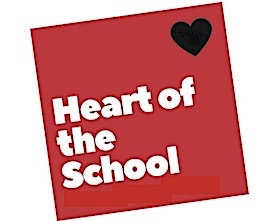
The closures have helped educators reflect in some pretty intense ways. Even eight weeks into the experience I find it hard to slow my mind. The edu-thoughts come fast and furious with a mix of delight, excitement, fear, and confusion.
I reached out to fellow educators at all levels and throughout the country and asked them to join me in thinking about the three questions that seem to consistently creep to the top of my thoughts.
1. What is the hardest part of teaching during the COVID-19 crisis?
2. What “silver linings” do you see coming out of the closures?
3. What are your greatest fears for public education moving forward?
Reading through the responses near and far was wonderful. It felt cathartic and I found myself nodding in agreement, feeling the camaraderie of being understood, having moments of clarity (though they proved short-lived), and feeling inspired.
But there were also things I read that scared me and that pushed me toward other thoughts that I didn’t want to have about the future of public education. Things that drove home the first tweet I sent after my school closed its doors.
Below I will share with you what other teachers shared with me. Bear in mind that this was not a scientific study. It was casual, and the way I have compiled the responses is influenced by my own thoughts and experiences. Still, I hope you’ll find it interesting and maybe even a little cathartic.
What is the hardest part of teaching during the COVID crisis?
Distance learning is quiet. It’s eerily quiet.
This was the easiest question to consolidate. Every teacher I talked to said a variation of the same thing: We miss the kids and we miss our friends at work. Teachers miss the daily interaction with their students and colleagues. Even those who have virtual meetings via Zoom or Meet said it’s just not the same without face-to-face interaction. They miss hugs and high fives and fist bumps. They miss smiles and laughter. They miss the energy kids bring to their daily lives.
They also miss the feedback they get from interacting with students live and in person – the feedback that allows them to make micro adjustments. One educator talked about how subtle cues given by students allow him to make sure he’s reaching kids. He shared this analogy:
“Teaching is a little like sailing. You can’t just point the boat in a certain direction and hope to get there. You are constantly adapting to ever-changing conditions – trimming the sails, adjusting the prop, etc.
From the moment a class enters the room, I start getting and processing feedback – taking in the temperature of the room, the mood, the chatter. When I give instruction, I immediately get a sense, simply based on the facial expressions, how my message was received. The boat is pointed in a certain direction, but the wind is shifting. Then I begin to adjust. Distance learning is quiet. It’s eerily quiet.”
Another hard part that was frequently noted was the sense of “I’m not doing enough” that plagues teachers. Many educators, myself included, constantly worry about how to keep a balance. From some families they hear they are pushing too hard – and not hard enough from others. They worry about students who don’t have access to technology and those that seem to have slipped off the grid. Similarly, they hurt for students who need help but don’t get it at home and are frustrated by those who seem to be using the closures as an excuse to completely abandon school work.
The last common thread was feeling completely exhausted. The learning curve for remote teaching was steep and it was quick! The teachers I heard from are working long hours creating lessons, having virtual meetings with students, and grading student work. They are also still dealing with end-of-the-year school needs – cleaning out their rooms, doing report cards, completing budgets. Many are doing all of this while also facilitating their own children’s distance learning. This heightens that feeling of not doing enough noted above. Educators are so tired.
What I didn’t hear was any concern about a learning gap! The teachers seemed to agree with a tweet I read from Jess LIfshitz. She maintains that teachers are all about differentiation and acceleration and always have been. I tend to agree.
What “silver linings” do you see coming out of the closures?
You can teach an old dog new tricks!
Four common threads came from this question. One, our teachers are glad that this forced them to learn new technology tools, most of which they will integrate into their work with students in the regular classroom. The teachers I talked to were thrilled to find that they could make videos, use online meeting spaces, develop webquests, set up virtual classrooms, and engage students using technology while still teaching core academics. More than once a teacher commented on being surprised and happy to learn that “you can teach an old dog new tricks!”
Two, teachers shared that they are glad to see the world slowing down a bit for their students. The silver lining many see is the time that families are getting to spend together. Since COVID-19, families are rushing about less. Students are not shuffled from one sport, event, or activity to the next. There is time to play games, read, talk, and just hang out together. That’s a good thing, and the hope is that it continues, that families make better choices about after-school schedules and there is more down time for kids.
Three, educators are grateful that some of the major inequities in society have been dragged into the light and so have the ways in which schools work to level the playing field. It is now abundantly clear that schools do way more than just teach reading, writing, and arithmetic. The public can now see that schools also feed students and offer them comfort, support, nurturing, and love. Once schools closed, communities seemed to really see that schools are the main support column in a frighteningly fragile sociological and economic system. This leads to the fourth silver lining.
Four, the teachers who responded to my questions feel that the public recognizes the wide-reaching efforts of schools more than ever. They commented on how wonderful (and somewhat surprising) it was to find they felt overwhelmingly supported by the community they served. This has led to a new hope that politicians will also have a renewed understanding of why fully funding schools is critical for the health of the nation as a whole. But hold that hope tight as you read the responses to the last question.
What are your greatest fears for public education moving forward?
I am terrified that online schools will become the norm.
At the beginning of this post, I made an analogy – public schools and all of the people associated with them are fighting what feels like waves from an angry tide that has turned against them. As I wrote above, we are keeping our heads above water, but it’s hard work.
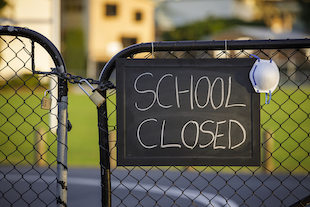
We fear that big business and private interests will use this as an inroad for increasing online learning, selling programs, and opening more virtual schools that will not only be low quality but will siphon money from our brick and mortar schools.
Any educator who has been a part of public education for more than a couple of years has seen schools and teachers become political pawns in a losing game. The concern is that we will be the victims of scapegoating.
But even more than that, educators fear that the pandemic will forever change how we are allowed to interact with our students. Will we be able to meet in large groups? Will we be able to greet our children face-to-face each morning? Will we be able to give high fives and handshakes and hugs? We hope so. But we are afraid.
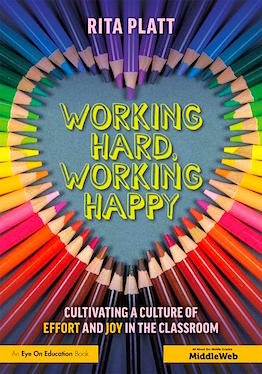

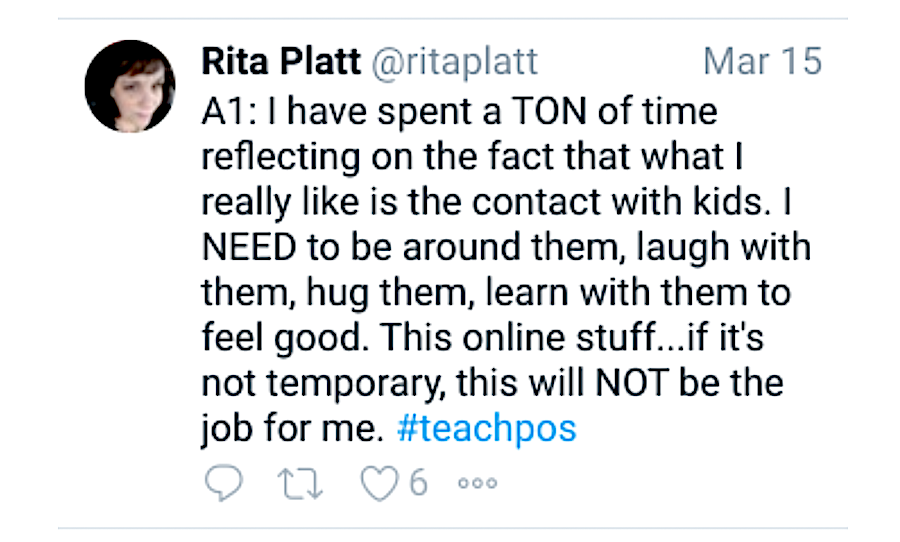

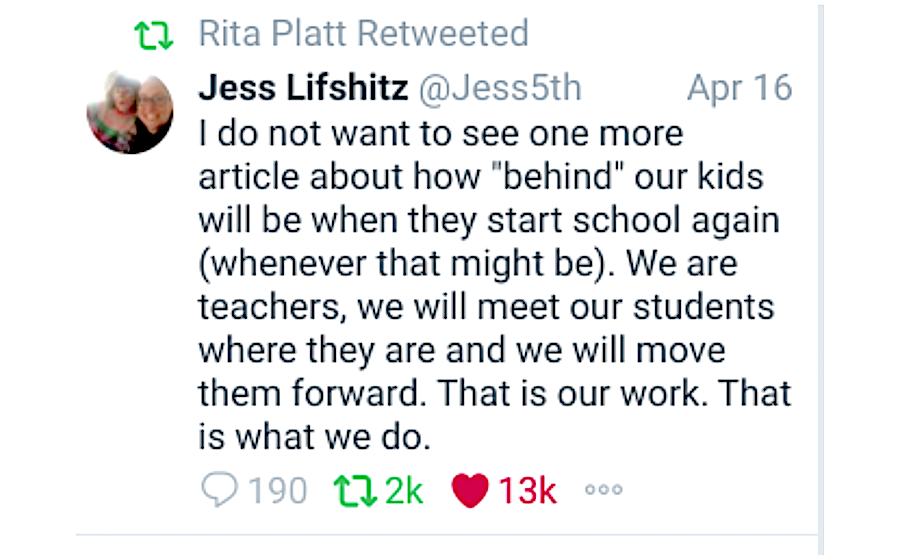































Rita,
Everything you’ve written here strikes a chord with me. I see so many contradictions: the eerie silence of a live Zoom class, but it concludes with students all unmuting themselves and saying goodbye and THANK YOU when class is done. The thrill when a formerly radio-silent student shows up or turns in an assignment the same week as a formerly straight-A-turn-in-everything student goes missing for 3 days.
The thrill of seeing “likes” on a youtube video I’ve made of myself teaching coupled with my despair while editing the video that it is not even a teeny tiny bit like a Ken Burns documentary. The class clown is now silent, but the quiet one from 4th period emails me 2-3 times a day.
The realization that online learning is do-able, but possibly only because I know these kids. The new ones I’ll get in autumn, if we are remote then? I shudder when I think of it.
GREAT BIG virtual hugs, Lauren! That last line you wrote? It made me shudder too.